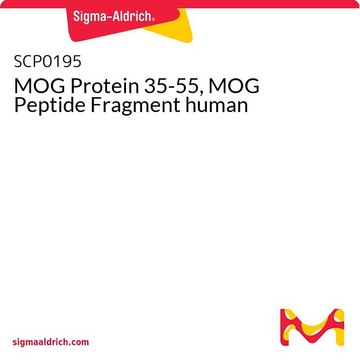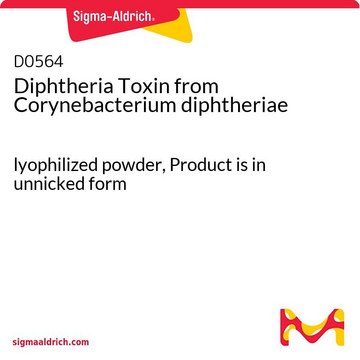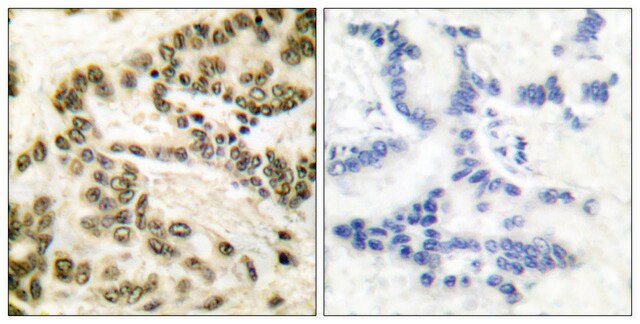516560
Pertussis Toxin, Bordetella pertussis
This Pertussis toxin, CAS 70323-44-3, catalyzes ADP-ribosylation of guanine nucleotide-binding regulatory proteins Gi, Go, and Gt.
Synonim(y):
Pertussis Toxin, Bordetella pertussis
About This Item
Polecane produkty
Poziom jakości
Postać
lyophilized
producent / nazwa handlowa
Calbiochem®
warunki przechowywania
do not freeze
obecność zanieczyszczeń
adenylate cyclase ≤35 pmol/min-μg (in the presence of calmodulin)
Warunki transportu
ambient
temp. przechowywania
2-8°C
Szukasz podobnych produktów? Odwiedź Przewodnik dotyczący porównywania produktów
Opis ogólny
Zastosowanie
Działania biochem./fizjol.
Guanine nucleotide-binding regulatory proteins Gi, Go, and Gt
Ostrzeżenie
Postać fizyczna
Rekonstytucja
Komentarz do analizy
Inne uwagi
Fryer, M.W. 1992. Neurosci. Lett.146, 84.
Gierschik, P. 1992. Curr. Topics Microbiol. Immunol.175, 69.
Harada, J., et al. 1992. Eur. J. Pharmacol.227, 301.
Hausman, S.Z., and Burns, D.L. 1992. J. Biol. Chem.267, 13735.
Kaslow, H.R., and Burns, D.L., 1992. FASEB J.6, 2684.
Zhu, J., et al. 1992. J. Pharmacol. Exp. Therap.263, 1479.
Hewlett, E.L., et al. 1983. Infect. Immun.40, 1198.
Moss, J., et al. 1983. J. Biol. Chem.258, 11879.
Informacje prawne
Kod klasy składowania
13 - Non Combustible Solids
Klasa zagrożenia wodnego (WGK)
WGK 3
Temperatura zapłonu (°F)
Not applicable
Temperatura zapłonu (°C)
Not applicable
Certyfikaty analizy (CoA)
Poszukaj Certyfikaty analizy (CoA), wpisując numer partii/serii produktów. Numery serii i partii można znaleźć na etykiecie produktu po słowach „seria” lub „partia”.
Masz już ten produkt?
Dokumenty związane z niedawno zakupionymi produktami zostały zamieszczone w Bibliotece dokumentów.
Nasz zespół naukowców ma doświadczenie we wszystkich obszarach badań, w tym w naukach przyrodniczych, materiałoznawstwie, syntezie chemicznej, chromatografii, analityce i wielu innych dziedzinach.
Skontaktuj się z zespołem ds. pomocy technicznej




